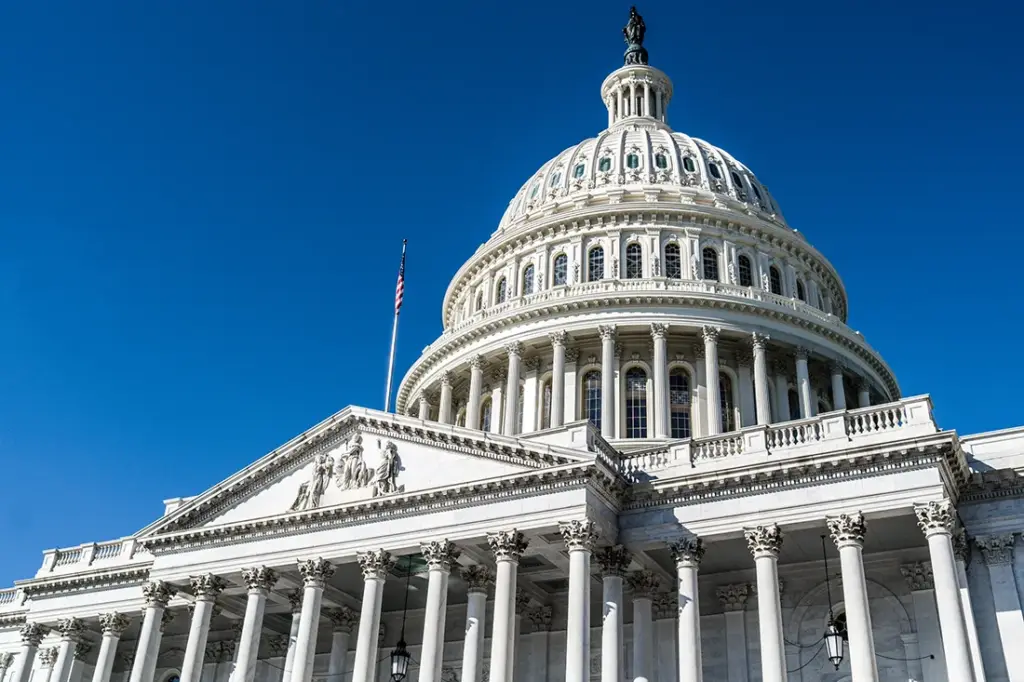Best Practices
Proven strategies for advocacy, engagement and impact.
Make Advocacy Part of Your Routine
Advocacy is built through consistent outreach, shared data and trusted relationships. Use these strategies to strengthen your local network, raise awareness of travel’s economic impact and ensure your community leaders see our industry as an essential investment.
Stakeholder Engagement
Advocacy Participation
Funding Awareness
Impact Communication
Public Narrative
Tourism Improvement Districts
A Proven Model for Stable Funding
Tourism Improvement Districts (TIDs) are reshaping how destinations fund promotion and operations. By creating a dedicated, industry-backed revenue stream, TIDs provide stability and long-term security that traditional tax allocations can’t always guarantee.
A Tourism Improvement District is a dedicated funding mechanism that allows local tourism and hospitality businesses to collectively invest in marketing and promotion. Funds are typically raised through assessments on participating hotels or tourism entities. The money supports programs that increase visitation, overnight stays and local spending. TIDs give destinations a stable, industry-led source of funding that protects against political or budget shifts.
Creating a Tourism Improvement District strengthens your destination’s long-term position by showing the value of consistent, industry-led investment. It protects marketing funds from being redirected to short-term budget fixes or city council deficits. A TID builds a reliable structure that demonstrates accountability and return on investment. Most importantly, it ensures tourism promotion remains a stable driver of community growth year after year.
- Start the Conversation:
Gather tourism, hospitality and business leaders to discuss shared goals and the potential benefits of a TID. - Consult Key Partners:
Engage your destination organization, local government staff and legal or financial advisors experienced in tourism funding. - Research Models:
Review successful TIDs in similar destinations to understand how assessments and oversight are structured. - Build Community Support:
Communicate early with lodging owners, local businesses and civic leaders to establish trust and transparency. - Draft the Framework:
Work with advisors to outline how funds will be collected, managed and measured for impact. - Secure Approval:
Present your plan to the appropriate city or county body for consideration and formal adoption.
Related Resources



Protect Your Funding
Staying Ahead of Diversion Threats
Destination funding has always faced pressure. Too often, leaders only act when it’s already too late. Proactive monitoring and preparation are the keys to staying secure.
Destination funding is often seen as an easy target when local budgets tighten. City and county leaders face pressure to divert revenue toward whoever is the loudest, from housing and schools to green initiatives and deficit gaps. Even though travel generates jobs and tax revenue, its benefits are easily overlooked when decisions are made in the moment. Staying visible and valued is essential to prevent your funds from being redirected.
Many destination leaders assume that past success or strong visitor numbers will protect their funding, but politics rarely works that way. Without steady communication, tourism can slip down the list of priorities. When leaders are unaware of the industry’s return on investment or its community impact, funding decisions can shift quickly and unexpectedly.
Stay in front of your city, county and state leaders year round, not only when budgets are at risk. Show up wherever decisions are made, including budget hearings, chamber events, planning meetings and community discussions. Share clear data and real stories about travel’s value and encourage local partners to echo those messages. A visible and consistent presence is your best defense against funding threats.
Related Resources




